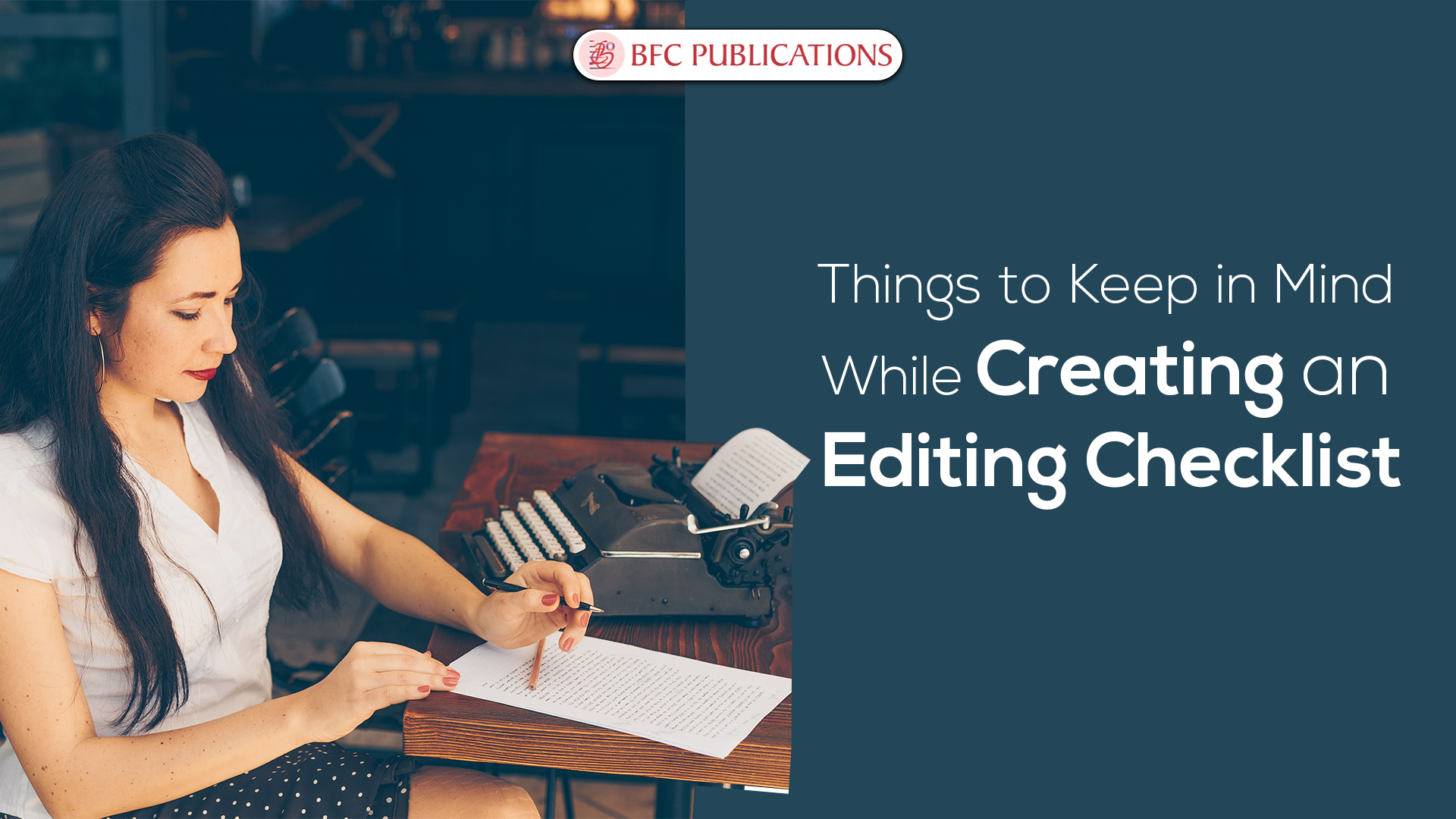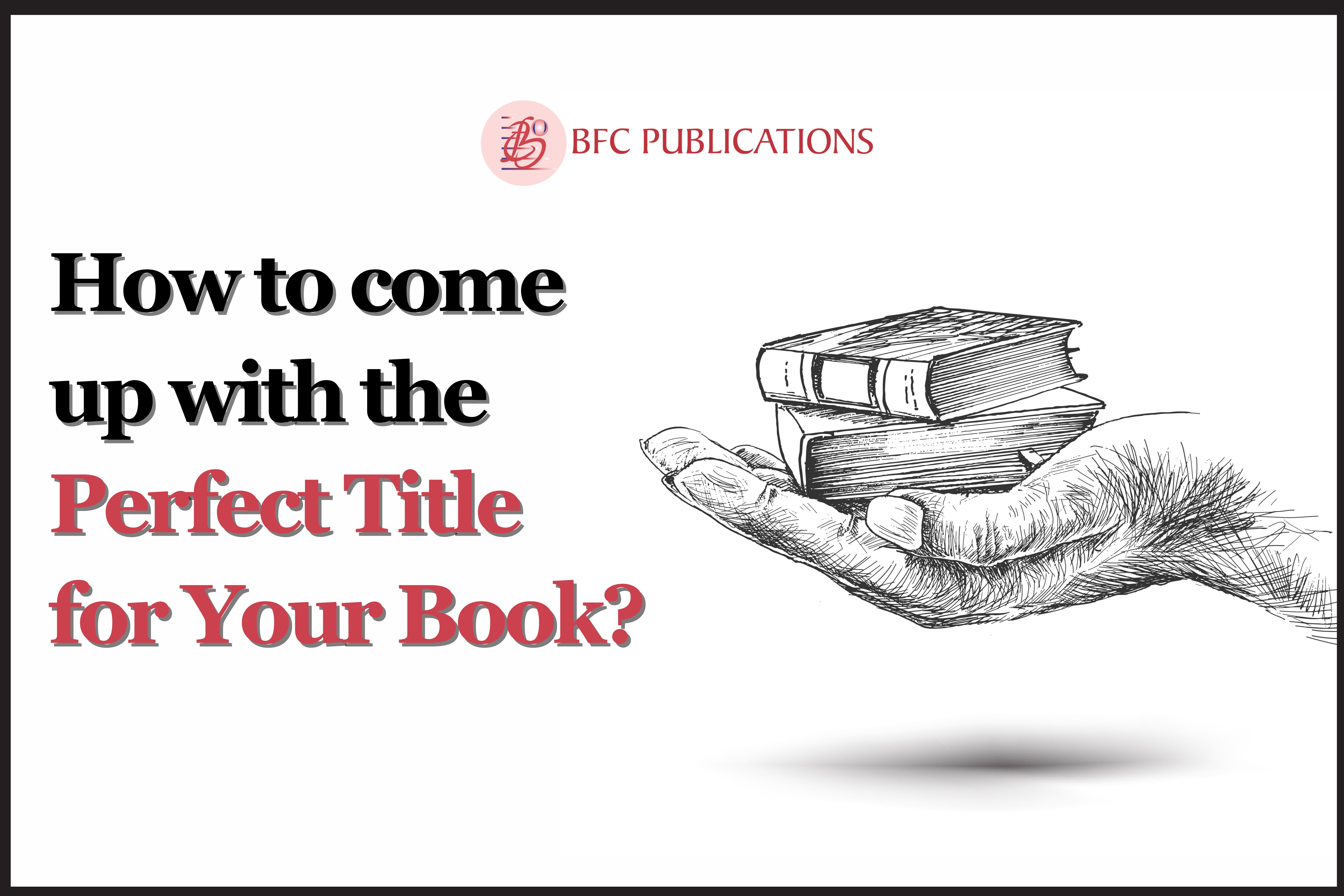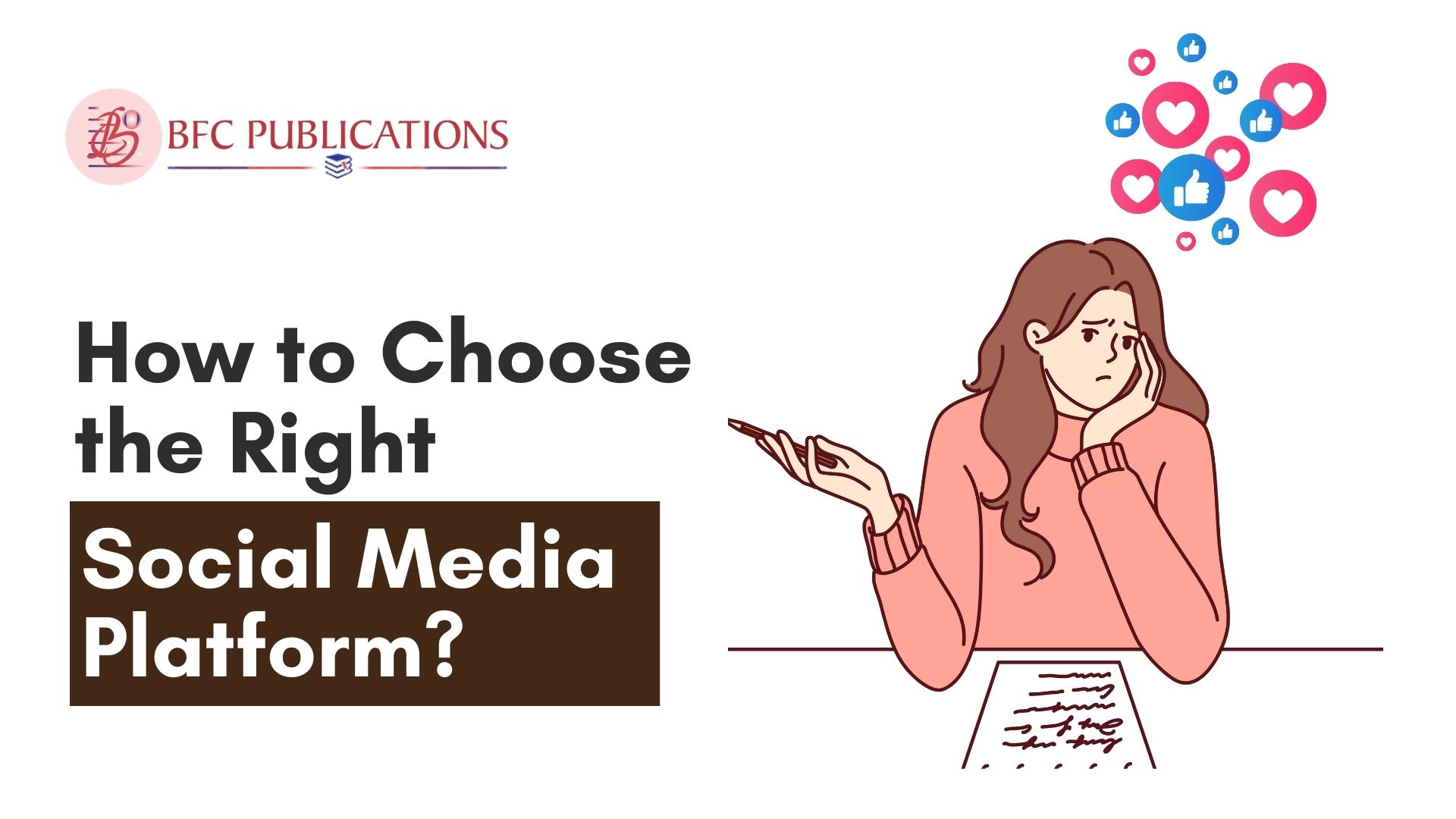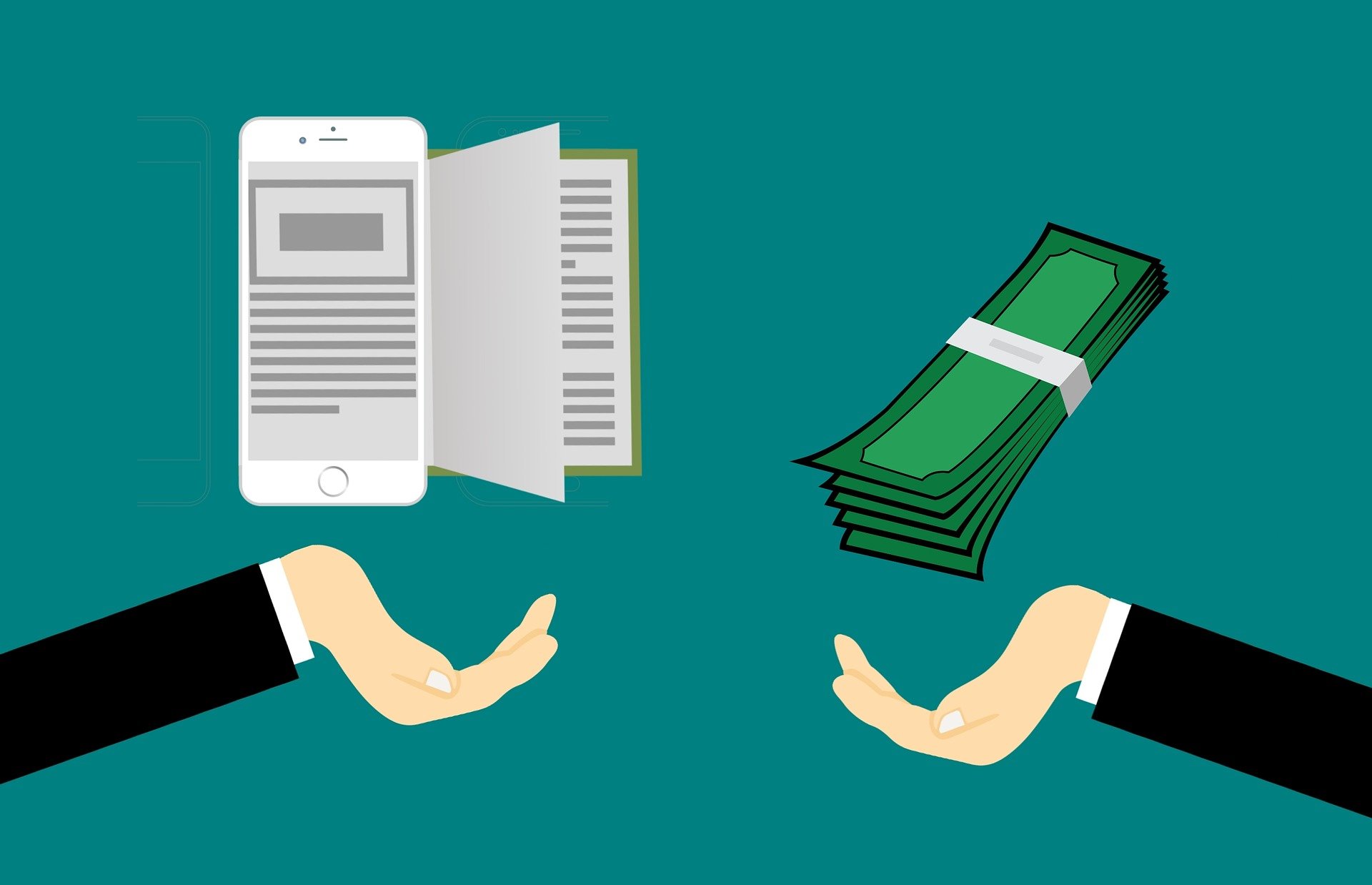
Editing your book is like giving it a second chance to shine. It’s a chance to catch any errors in grammar or spelling, make sure the flow is smooth, and tighten up the overall message. It’s also a chance to add additional details or information that might help your readers understand and enjoy your book more. In this blog, we will discuss a few things you need to keep in mind while creating an editing checklist.
Don’t Start Editing Immediately
Once you’ve finished writing your draft, it is always best to take a break for a few days before getting back to edit it. This is because when you take a break, you can approach your work with a fresh state of mind. This will help you identify errors and areas that need improvement that you may have missed when you were first writing the draft. Additionally, taking a break will allow you to return to your work with a new perspective, which can help you see your work in a new light and make improvements you may not have thought of before.
Basic Spelling and Grammar (Typos)
The excitement of completing your book is second to none. However, no matter how good your book is, a simple spelling or grammar mistake can negatively impact the impression of your work. Therefore, you must thoroughly review your draft to ensure you haven’t misspelt any word. Also, check whether you’ve used your punctuation correctly. If necessary, ask someone else to review your draft to identify and eliminate any errors that may have gone unnoticed.
Consistent Writing Voice
It is crucial to keep the writing voice consistent throughout your work, as any inconsistency can affect the essence of the work. Having a consistent writing voice can help keep your readers engaged. If the writing style changes suddenly, it can confuse the reader and make it difficult for them to stay focused on the story. For example, if your book is targeted towards children, the writing voice should be simple and easy to understand. Choosing and maintaining an appropriate writing voice for the topic and audience is crucial to present a clear and concise message that is easy for the reader to understand.
Editing Dialogue
A crucial part of editing your draft is remembering that writing differs from speaking. You can use various devices like voice tone or modulations, facial expressions and body language to convey your message when you speak. Whereas when you write, you have to rely on words alone. That’s why you must be extra careful with the choice of words and sentence structure while writing. Additionally, it would be beneficial to eliminate any redundancies that do not significantly impact the dialogue or story at the time of editing.
Plot Holes
When creating an editing checklist, you should also keep an eye out for potential plot holes in the story. A plot hole is an inconsistency or gap in the storyline that can confuse or frustrate the reader. To avoid this, take note of any discrepancies in the characters’ actions, dialogue, or events that don’t quite add up. Additionally, ensure all loose ends are tied up by the end of the story and that there are no unanswered questions or unresolved conflicts. Identifying and fixing plot holes can ensure a more satisfying and cohesive reading experience for your audience.
Give Due Credit
Another important point you should remember while creating an editing checklist is to ensure that due credit is given to all the sources used or quoted in the work. Giving due credit not only shows respect to the source but also avoids any potential legal or ethical issues. Also, acknowledging sources can provide credibility to the work. Verifying your sources by checking them against trustworthy references is always a good idea to confirm their validity and ensure that all sources are appropriately cited and referenced.
Readability
Last but not least, when creating an editing checklist, it’s important to consider the readability of the text you’re working with. This means taking into account factors such as sentence length, word choice, and overall clarity. By ensuring that the text is easy to read and understand, you can ensure that the edited work can easily be comprehended by the targeted audience instead of them putting in additional effort to understand what the text is saying. Some tips for improving readability include using shorter sentences, avoiding complex jargon or technical language, and breaking long paragraphs into smaller chunks.
Conclusion
By now, you must have realised that editing is more than just finding grammatical errors. From not starting to edit your draft right after completing it to fixing plot holes to giving due credit to the respective sources, this guide covers everything you need to keep in mind while creating an editing checklist. With this editing checklist, you can ensure your writing is flawless, accurate, and ready for its intended audience.
Please share your thoughts on this post by leaving a reply in the comments section. Also, check out our recent post on “ How to Deal with Writer’s Block?.“






